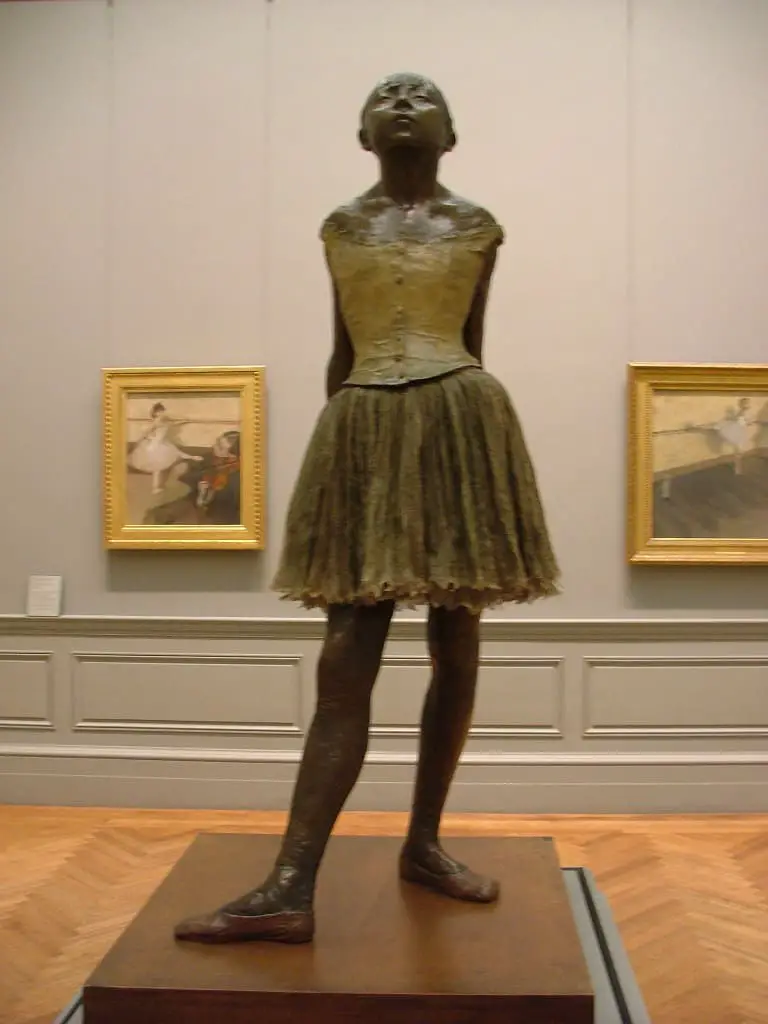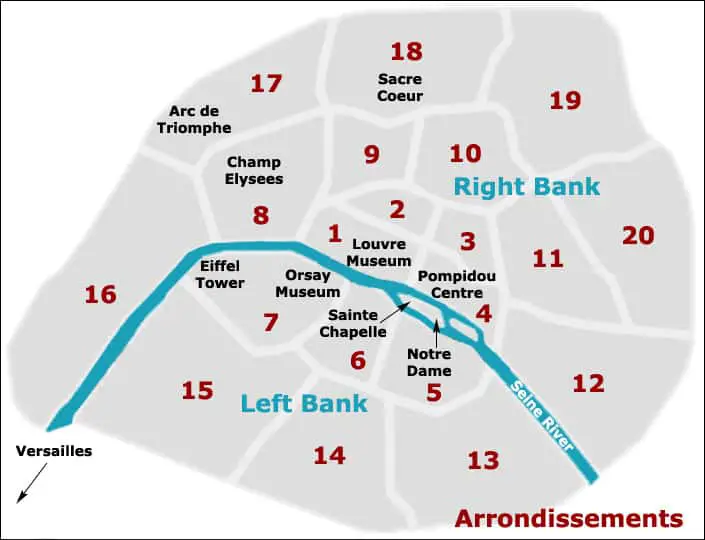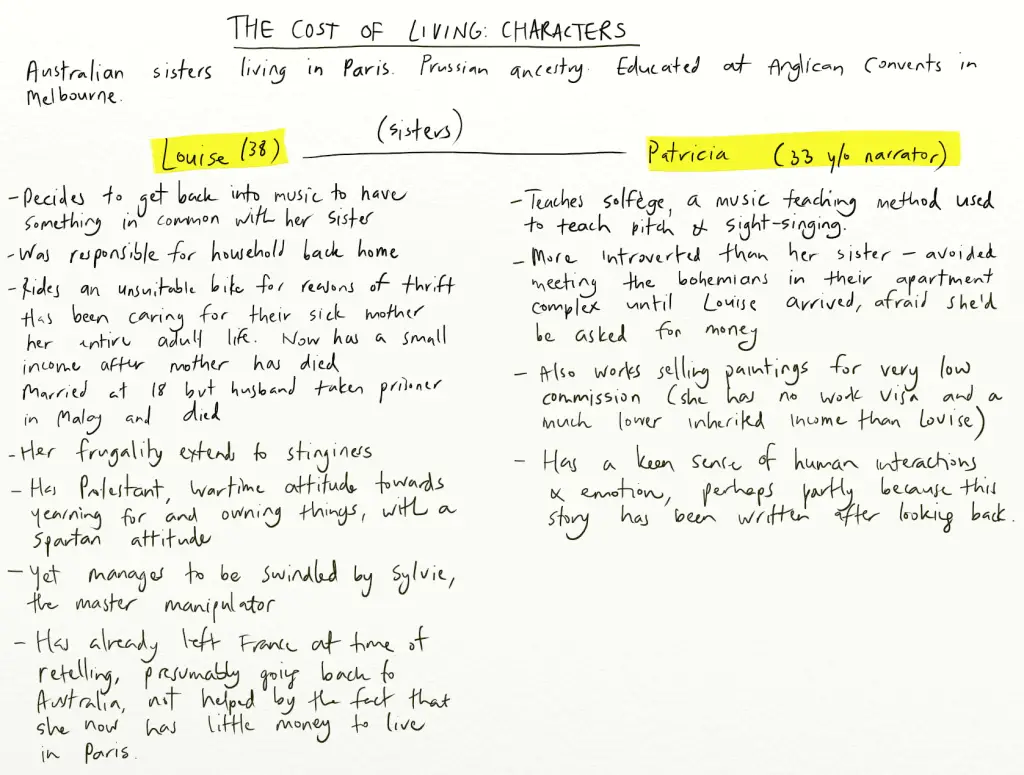This is the kind of subtle story which would make a terrible movie adaptation, except perhaps in the most subtle of hands. One character confronts another for some wrong-doing, and in one fell swoop the wrongdoer manages to sully the waters with ease, simply because she’s had so much practice.

PLOT
The first big chunk of this story comprises character sketches. It’s important that the reader understand the character of Louise and Sylvie before the turning point, in which Sylvie asks Louise for money. This is outrageous to Louise, who is very frugal and would no more ask someone for money than attend an orgy. This has been foreshadowed by the narrator, Patricia, who has avoided getting to know the bohemians in their apartment block for the very reason that money is always borrowed, which leads to trouble and rifts. Unpredictably, Louise becomes friends with Sylvie, and Sylvie uses Louise to pay for all sorts of big, expensive things. This starts after Louise, completely out of character, buys Sylvie an expensive dolphin necklace, then telling herself it was much cheaper than it actually was. Sylvie eventually takes off to join a Christian commune, feeling that acting hasn’t worked out, sick of Louise now that Louise needs her emotionally. Louise goes back to Australia. Sylvie eventually returns to retrieve her things, boasting to Patricia that material things are not important to her now, while delivering the insult that Patricia could do with being less materialistic herself. (Despite Patricia working for everything she has.) So Patricia asks for her necklace. Sylvie hands the necklace over, but says, ‘It never brought me bonheur.’ Patricia realises that it won’t bring her any, either, and she takes the necklace, though she doesn’t really want it.
Bonheur is explained within the text as meaning ‘luck’. It also includes the sense of happiness/pleasure/good humour.
SETTING
The sisters are from Melbourne and during the story are living a bohemian life on the left bank of Paris.

Published in 1962, this is a story about a woman who was widowed very young after the war. Louise’s Protestant attitudes towards frugality are amplified by her wartime sense of frugality. In short, it’s significant that this story is set after the war. Louise feels like a woman of her time.
There was little work in Paris at this time, when bohemian types could afford to live centrally, albeit on Left Bank. Fellow apartment dwellers are living on a knife edge, economically. This is reflected in the title ‘The Cost Of Living’. Money is never very far from the characters’ minds. Mavis Gallant herself moved to Paris as a young woman after having a little success with her short story writing. She gave herself a deadline to see if she could ‘make it’ as a writer’. This feels like a very brave thing to do. No doubt the author herself is very familiar with the cost of living in Paris while trying to make it as a creative.
CHARACTER

We don’t learn much about the narrator, Patricia Tate; only insofar as she is different from her frugal older sister. She paints a detailed character sketch of her frugal older sister, disciplined of mind, in contrast with another young woman living in the same apartment block: Sylvie. While Louise is an older woman, widowed due to war, having spent eleven years looking after a sick mother before joining her younger sister in Paris, Sylvie Laval is flighty and young and inappropriately exuberant. Both Louise and Sylvie are introduced in the very first sentence, though Sylvie doesn’t come into the story until later, leaving us to wonder what her role is.
The character of Louise is fully-fleshed, and we are offered much description, mainly to help us understand how out of character it is when Louise starts paying for Sylvie’s lifestyle. The first character sketch:
Louise’s progress down the steps was halting and slow. At the best of times she never hurried, and now she was guiding her bicycle and carrying a trench coat, a plaid scarf, Herriot’s Life of Beethoven, Cassell’s English-French, a bottle of cough medicine she intended to exchange for another brand, and a notebook, in which she had listed facts about ninteenth-century music under so many headings, in so many divisions of divisions, that she had lost sight of the whole.
If reading that introductory thumbnail character sketch after having read the entire story, we realise that these details set us up for the plot: Unlike her narrating sister, who can see the whole picture due to her slightly removed angle, Louise, when manipulated by Sylvie, ‘has lost sight of the whole’. Wise as she is, she can’t see that Sylvie is taking her for a ride.
An important thing about Louise is that she has the ability to turn a blind eye, despite her need to classify and balance books. She copes with being a widow by almost forgetting that she was married at all. She manages to forget despite wearing her rings every day. When Sylvie breaks a piece off the expensive dolphin necklace, rather than feel let down, Louise barely seems to notice.
What else in this story is she refusing to see? It is clear to Patricia that Sylvie and Patrick are sleeping together. Is it also possible that Louise is in love with Sylvie, but refuses to acknowledge these feelings within herself?
When first describing the character of Sylvie, again the reader is treated not only to a description of her abode and her grimy appearance, but we get a sense of how she moves. This paints her in direct juxtaposition with Louise. While Louise is ‘halting and slow’, Sylvie is ‘flighty’:
Sylvie lived in an ancient linen cupboard. The shelves had been taken out and a bed, a washstand, a small table, a straight chair pushed inside….As she usually forgot to shut [the door] behind her, anyone who wanted could see her furrowed bed and the basin, in which underclothes floated among islands of scum. She would plunge down the stairs, leaving a blurred impression of mangled hair and shining eyes. Her eyes were a true black, with the pupil scarcely distinct from the iris. Later I knew that she came from the southwest of France; I think that some of her people were Basques. The same origins gave her a stocky peasant’s build and thick, practical hands. Her hand, grasping the stair rail, and the firm tread of her feet specified a quality of strength that had nothing in common with the forced liveliness of Parisian girls, whose energy seemed to me as thin and strung up as their voices. Her scarf, her gloves flew from her like birds. Her shoes could never keep up with her feet.
What of the young actor who lives next door to Patricia? He is an eccentric character.
“I never notice young girls,” said the young man, which seemed like a fatuous compliment, but Louise turned pink. [Is he gay, or is he interested in Louise, who is older?]
Although he lives in the same building as Louise and Patricia, he first agrees to meet Louise in the drawing room of some house full of glass cabinets with heads of mannequins and exotic jewellery inside.
He sits at Louise’s feet rather than on a chair.
Patrick is just a stage name.
Close examination of his clothing shows that he is simply pretending to be poor.
Reads in groaning, French classical manner which Patricia can hear coming through the wall.
Wants a visa to join a repertory theatre in America, but never achieves it.
His family lives in Dordogne. He’d go back there after growing old. (Though he is young, he thinks of his elderly years.)
Has had a sexual relationship with Sylvie in the past, but has enough care of other people’s feelings to warn Sylvie not to tell Louise (who may or may not have been sleeping with Patrick herself, briefly — Patricia is not sure.)
‘From the beginning they stood too close; his face was like a painting in which there are three eyes and a double profile.’ (The reader finds Patrick hard to pin down because the narrator does.)
‘He seldom gestured.’
‘He did not believe he was like anyone else in the world, not for a minute…. I saw him twice… but I cannot see him.’
It is significant that Patrick is an actor. Even his name is not his own; he is standing in for someone else. That someone, we find out, is Louise’s first husband. It is only after Patrick leaves that Louise is able to grieve for Collie, who never returned from the war at the age of 20.
THEME
Forming acquaintanceships has its rewards but brings unwelcome complications.
It’s easier to see the dynamics between people when you’re not directly involved.
We sometimes fool ourselves better than we fool the people to whom we are closest.
TECHNIQUES OF NOTE
Mavis Gallant could have chosen a great many details to describe Paris, but here she must write about Paris from the point of view of Australians. From the very first paragraph we get that sense: Paris is described as ‘dark’. This is indeed how Europe seems to Australians, coming from a bright landscape with searing sun.
At five o’clock the skylight over the stairway and the blank, black windows on each of the landings were pitch dark—dark with the season, dark with the cold, dark with the dark air of cities.
Louise has been warned of the damp. She is mistaken for an English Miss. Being from Australasia and mistaken for either an English person or an American is a common experience for us, and so I’ve no doubt that Mavis Gallant knew an Australian while she herself lived in Paris. Either that or she travelled to Australia herself and imagined what it must be like. Being Canadian, Mavis Gallant may well have been familiar with mistaken nationalities. She was probably mistaken for being American on a regular basis.
Although this is a story, the reader is encouraged to suspend disbelief by having certain things explained away:
This sort of thing is supposed never to happen in cities, and it does happen. [This explains how two characters who are neighbours meet elsewhere. Sure enough, it happens in real life more often than an author gets away with it on the page. And so it is mentioned within the text.]
In a book or a film one of us would have gone with him as far as the station.
Mavis Gallant makes the reader work a little. Instead of saying ‘Louise went back to Australia’ she writes, ‘One day… she said, “There’s no place like home, is there?” A week later, I put her on the boat train.’
STORY SPECS
This is the longest story in the collection, one of Gallant’s longest. Approx 9000 words
First person point of view, from the younger sister of the main character. The younger sister is more introverted. Introverted types tend to be good observers, and are a common choice for narrators.
This is the title story from a collection published 2009.
WRITE YOUR OWN
Have you ever had several sets of neighbours/classmates/workmates who seem the antithesis of each other?
Have you ever been asked for money, with problematic results?
Have you ever been shocked at someone else’s lack of decorum?
